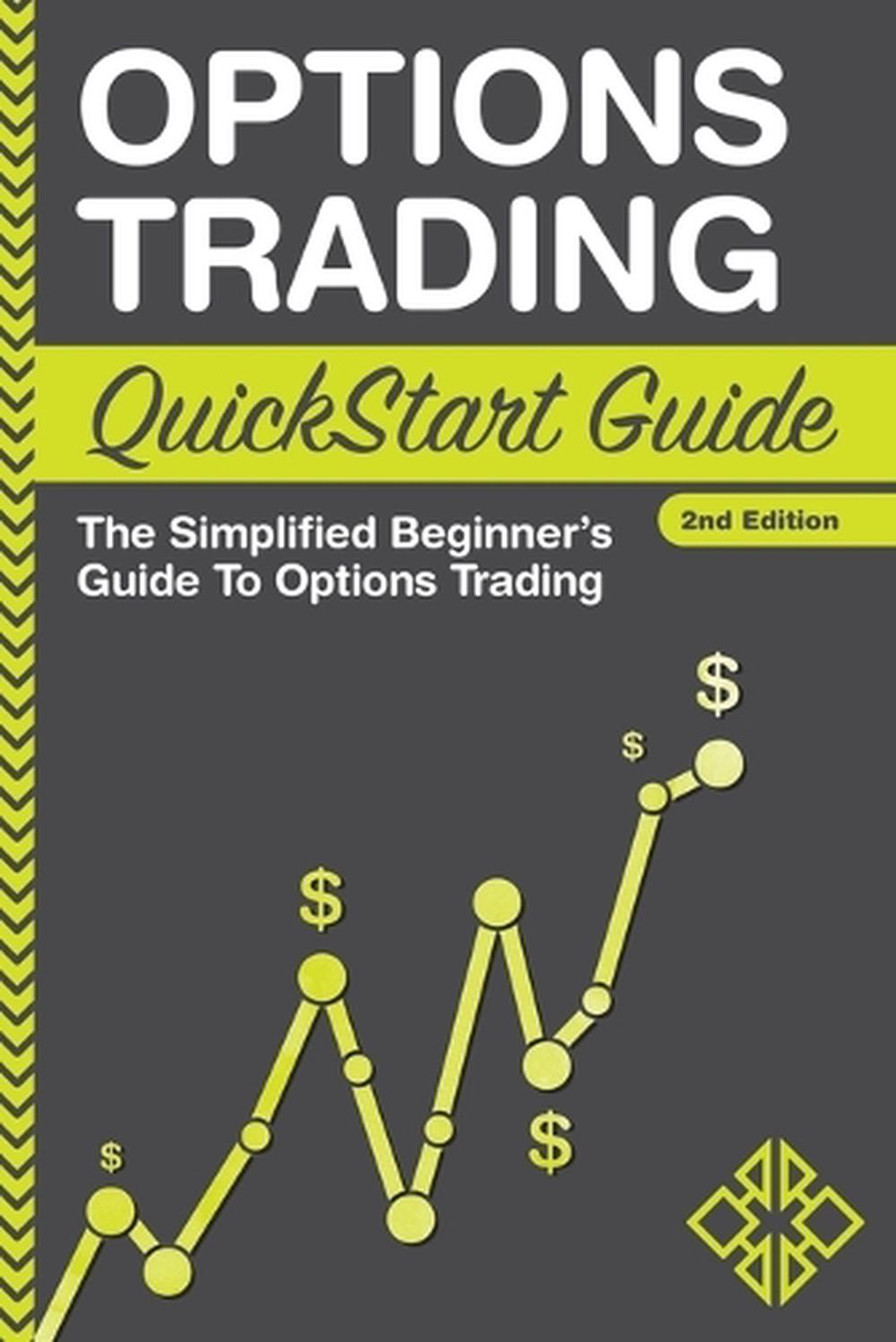Getting Started with Options Trading
Welcome to the exciting realm of options trading, where you can leverage your financial knowledge to potentially amplify your returns. Whether you’re a seasoned investor or just starting out, understanding where to begin is crucial for success. In this comprehensive article, we’ll guide you through the basics of options trading and provide valuable insights to help you get started on the right foot.

Image: worldmags.net
Options basics: An option is a contract that gives you the right, but not the obligation, to buy (call option) or sell (put option) an underlying asset at a specified price on or before a specific date. The underlying asset can be a stock, index, commodity, or currency.
Choosing an Options Trading Platform
The first step is to choose a reliable options trading platform that meets your needs. Consider factors such as the platform’s ease of use, accessibility, fees, educational resources, and customer support. Reputable platforms like Interactive Brokers, TD Ameritrade, and E*Trade offer a range of options trading tools and support services for both beginners and experienced traders.
Understanding Option Contract Components
Before you start trading, it’s imperative to understand the key components of an option contract: underlying asset, strike price, expiration date, and premium. The underlying asset is the security that the option is based on. The strike price is the agreed-upon price at which the underlying asset can be bought (call) or sold (put).
The expiration date is the deadline by which the option can be exercised. The premium is the amount paid to the option seller for the right to buy or sell the underlying asset at the strike price. The higher the premium, the greater the potential reward or loss.
Developing an Options Trading Strategy
Creating an options trading strategy is essential for managing risk and maximizing opportunities. There are several approaches to options trading, each with its own risk and reward profile. Some popular strategies include: buying calls (for potential upside returns), selling puts (for income generation), and covered calls (for capital preservation). Choose a strategy that aligns with your financial goals and risk tolerance.
Tips for Success:
- Start small: Begin with a limited amount of capital until you gain confidence and experience.
- Educate yourself: Read books, take courses, and attend webinars to enhance your understanding of options trading.

Image: www.ebay.com
Where To Start Trading Options
Frequently Asked Questions (FAQs)
Q: Is options trading suitable for beginners?
A: While options trading can be complex, it’s accessible to beginners who are willing to learn and manage risk responsibly.
Q: How much capital do I need to start options trading?
A: The amount of capital required varies depending on the strategy and option contracts you choose. It’s wise to start with a small amount and gradually increase it as you gain experience.
Conclusion: Embarking on options trading can be a rewarding endeavor but requires careful preparation and thoughtful execution. By following the insights and expert advice outlined in this article, you can lay the foundation for success in the world of options trading. Are you ready to explore the world of options and potentially amplify your financial returns? The journey begins here, and we invite you to join us on this exciting adventure.






